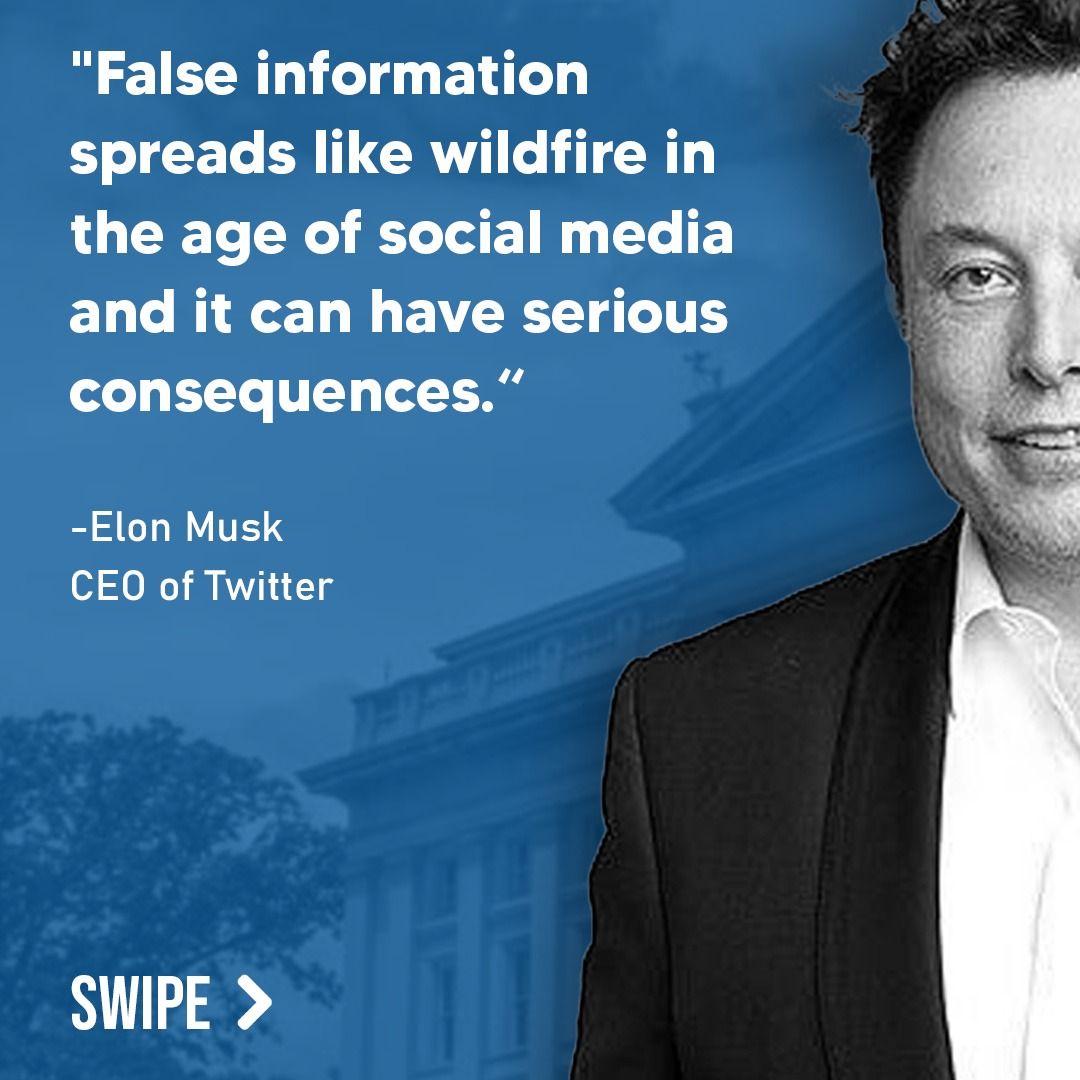
What’s Really Behind the US-Ukraine Critical Minerals Deal?
The article caught the attention of many readers after suggesting the U.S. secured a long-sought minerals deal from Ukraine months after Donald Trump’s return to the presidency. While it presents the agreement as a mutual economic partnership, users have asked whether this is about helping Ukraine recover or just about the U.S. gaining leverage over rare earth minerals before China or others do. We break down the factual claims, context, and motivations behind the headlines.

Historical Context
Ukraine has long been seen as a strategically significant country—not just because of its geopolitical position between Russia and Europe, but also due to its massive reserves of critical materials. Since Russia’s invasion in 2022, its role in global energy, defense, and materials markets has only grown more central. Simultaneously, Western nations have sought to reduce dependency on Chinese-supplied minerals, increasing their interest in Ukraine’s resources. While agreements for resource development had already been in motion under prior U.S. administrations, the Trump administration brought forward a formal bilateral deal in early 2025.
Claim 1: “Trump claimed the U.S. has given Ukraine $350 billion since the invasion in 2022.”
This claim is false. According to the Kiel Institute for the World Economy, a leading global tracker of Ukraine aid, as of early 2025, the United States had committed a total of around $110–$125 billion. This includes military, financial, and humanitarian assistance. The most recent official data from January 2025 places the U.S. at approximately $121 billion in pledged and disbursed aid. Trump’s reference to $350 billion significantly overstates actual support by more than double.
Source: https://www.ifw-kiel.de/topics/war-against-ukraine/ukraine-support-tracker/
Claim 2: “Ukraine will maintain full ownership and control of its mineral resources.”
This statement is supported by statements from Ukraine’s Economy Minister Yulia Svyrydenko and aligns with the known structure of the deal. The final agreement reportedly establishes a bilateral investment fund, but does not transfer ownership of Ukraine’s mineral deposits. Instead, Ukraine retains sovereignty over its subsoil rights and material wealth, including decision-making over what and how to extract resources. This notion also mirrors similar frameworks used in Ukraine’s earlier agreement with the European Union in 2021.
Although the full agreement text remains unpublished, official Ukrainian statements suggest strong legal provisions preserving national ownership.
Source: https://www.consilium.europa.eu/en/press/press-releases/2021/07/13/eu-and-ukraine-strengthen-cooperation-on-critical-raw-materials/

Claim 3: “The agreement allows the US to count future military aid as contributions to the Ukrainian investment fund.”
This claim is accurate but requires important context. Under the terms of the economic partnership, new military aid provided by the U.S.—but only aid granted after the signing of the agreement—may be counted as a U.S. contribution to the joint investment fund. This effectively gives the U.S. a dual benefit from aiding Ukraine: continued geopolitical support while also increasing its footing in jointly managed Ukrainian recovery projects.
However, this setup drew criticism from some in both countries during the negotiation phase for blurring lines between military aid and economic leverage. Ukrainian officials successfully pushed back proposals that would have allowed the U.S. to count past aid against economic participation rights.
Claim 4: “This deal is a response to China’s dominance in rare earth minerals.”
This claim is largely true and reflects longstanding concerns in both the U.S. and Europe. China currently controls more than 60% of global rare earth production, according to the U.S. Geological Survey. The U.S. and EU have been actively searching for alternative sources, including Africa, South America, and Ukraine. Ukraine is known to have 22 of the 50 materials designated as “critical” for national security and clean energy by the U.S., including lithium, cobalt, graphite, and rare earths.
The new deal mirrors a memorandum of understanding established by the Biden administration in 2023, and follows the European Union–Ukraine critical raw materials agreement inked in 2021. The timing and framing of the agreement clearly suggest a strategic thrust to reduce dependency on Beijing-controlled supply chains.
Source: https://www.usgs.gov/centers/nmic/rare-earths-statistics-and-information

Final Verdict
The CNN article presents mostly factual information about the U.S.-Ukraine minerals deal, but it contains one significant false claim by President Trump and underplays the broader geopolitical strategic framing—namely, the urgency to counter China’s dominance in critical minerals. While the article cites both U.S. and Ukrainian officials to show the partnership as mutually beneficial, it omits how similar agreements with Europe and previous U.S. administrations laid the foundation. The misleading claim that the U.S. sent over $350 billion in aid to Ukraine also risks sowing confusion and should have been clearly labeled as false in the reporting. Overall, the article earns a rating of mostly accurate but contains missing context and one demonstrably false claim requiring correction.

Help Us Fight Misinformation
We built DBUNK to make it easier for real users like you to spot and stop misinformation. If you’ve seen a claim in the media or on social media that doesn’t sound right, submit it to DBUNK for a free expert review. Download the DBUNK mobile app or follow us on social media to stay ahead of the fake news curve.

